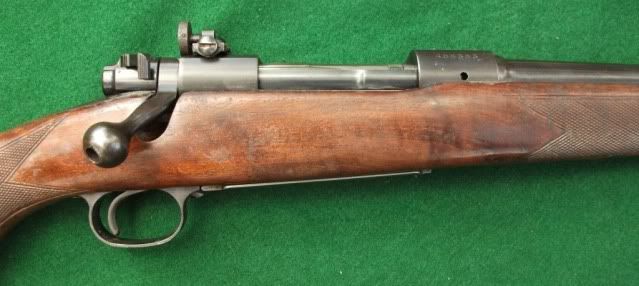I have a featherweight 270 Win barrel on a pre 64 that someone must have fired a round through it when there was mud or something in the bore. The bulge was within two inches of the muzzle. Would always get a flyer.
Gunsmith reamed the last two inches to remove the rifling. So I have a rifled smooth bore rifle!

I have only put a Lyman 48 on the thing, it is very handy, but since the front is a bead, can't say it is a target rifle, it shoots around 3 MOA at 100 yards. But the group is round. Can't say it is a velocity champ.
Code:
[SIZE="3"]Pre 64 M70
100 grain PSP Remington Factory
21-Jan-03 T = 48 °F
Ave Vel = 3055
Std Dev = 66
ES = 165
Low = 2982
High = 3147
N = 7
130 grain Nosler BT 55.0 grains H4350 wtd R-P cases WLR OAL 3.30"
24-Mar-04 T = 70 °F
Ave Vel = 2839
Std Dev = 33
ES = 123
Low = 2784
High = 2907
N = 19
[/SIZE]


I have buds with bloop tubes on their AR 15 actioned 6.5 Grendels. These guys assemble the rifle each match, shoot outstandingly with the things.
I don't trust bloop tubes, but the guys around me shoot good scores with the things.
Last week, an AMU shooter next to me shot a perfect small bore prone score, with irons, and his rifle must have had two extra feet of bloop tube. It did not hurt that his eyes are great, he probably sees with naked eyes, what I see through a scope!


